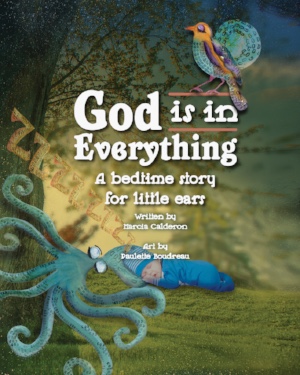Recognizing Art as Therapy for Cancer
Article from: http://www.curetoday.com/
Complementary therapies can make a difference in the cancer journey, and now we have to get oncologists to accept them
It has long been recognized that a number of complementary therapies, such as yoga, acupuncture, exercise and other modalities, can have a dramatic impact during and after treatment.
Unfortunately, with few exceptions, the science that proves that complementary therapies can make a difference has, for the most part, been ignored by physicians and other cancer specialists.
Some say they won’t believe the validity of the studies until the proof has built into a significant body of work. Others have said the studies are not done in a way that is considered standard practice. Others say it really doesn’t matter what studies say, they can’t recommend them because they don’t have time to find qualified practitioners who can provide these services for their patients.
Patients need to know when studies on complementary therapies are published so they can decide for themselves.
Among the studies presented at this year’s ASCO meeting are a number exploring complementary approaches. One such study looked at the power of art therapy on the mood, anxiety and pain of cancer patients who are preparing to receive chemotherapy.
The 50 patients at the Case Comprehensive Cancer Center in Ohio who took part in the study received an hour of art therapy with a trained art therapist who gave them the choice of materials to work with including painting, drawing, clay and collage materials. Each session concluded with supportive counseling. The participants were tested before treatment, after treatment and then between 48 and 72 hours after treatment.
The results showed a statistically significant difference improvement in mood, anxiety and pain between pre-treatment and treatment as well as pretreatment and follow up. The benefits were seen immediately after the session and then continued on for at least 48-72 hours across all groups equally. The study revealed a statistically significant difference between pre-treatment and post treatment as well as pre-treatment and follow up across distress, depression, anxiety and pain.
Complementary treatment helps, and our physicians must include them more often because there are no bad side effects. Still to be determined are who will pay for these supportive care additions.








